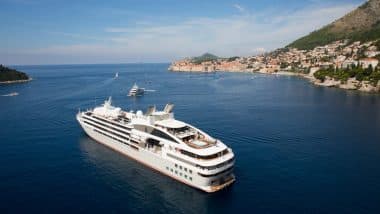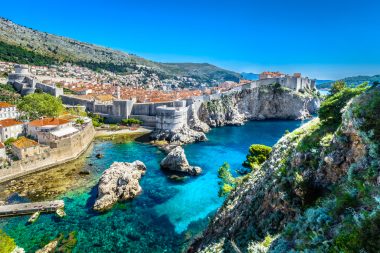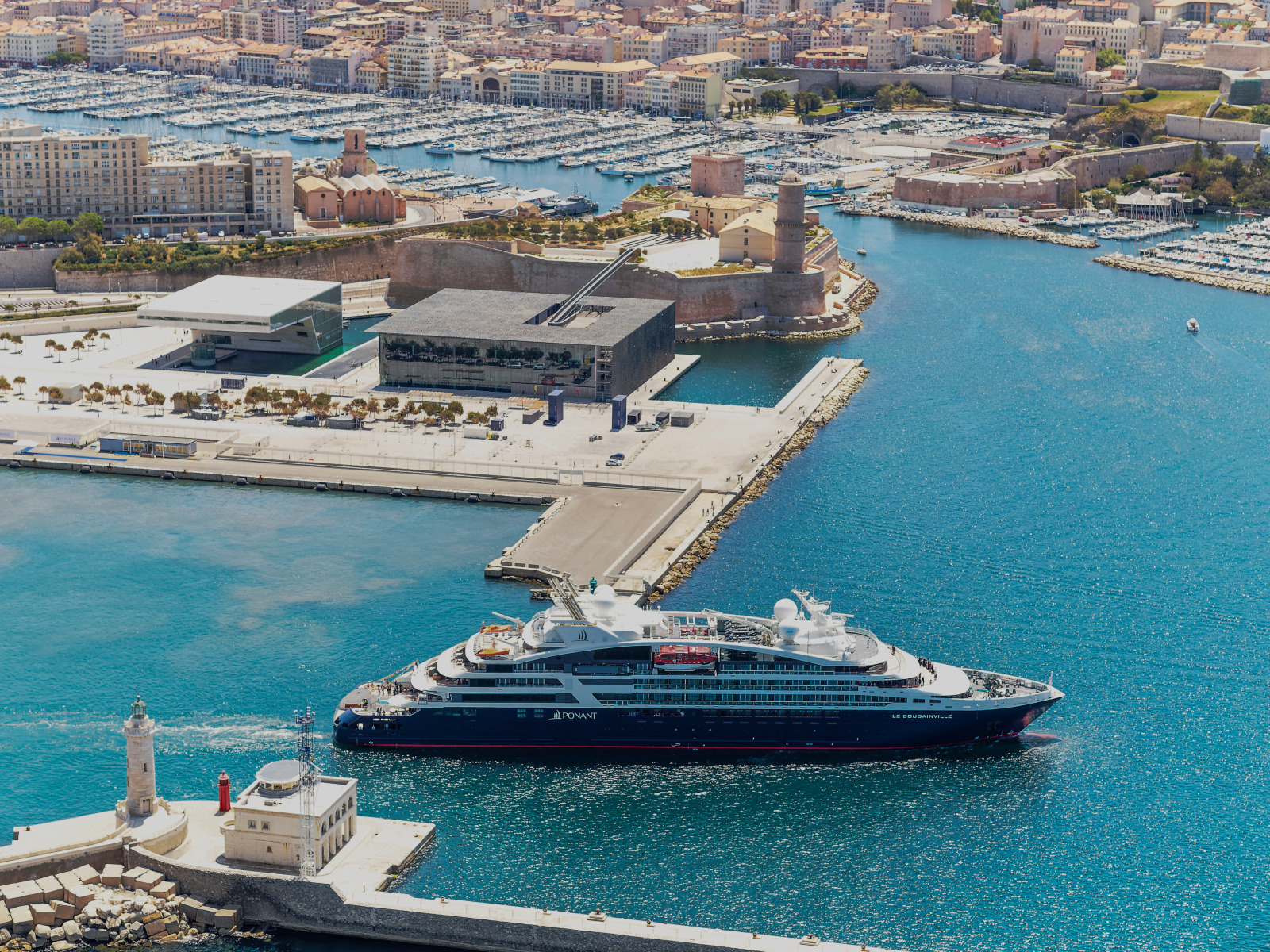A Mediterranean cruise is a true classic. Nowhere else in the world can you find so many historically significant cities, culturally outstanding sights and fascinating natural wonders close together. A cruise in the Mediterranean is always a journey along the old transport routes back in history to the beginnings of European culture.
Odysseus, as Homer described it, spent ten years in the eastern Mediterranean. On his odyssey, he crossed the Greek islands and survived legendary adventures before returning home. Things are not quite as dramatic on a Mediterranean cruise in 2023 . On the modern and magnificently equipped cruise ships, you can discover the fantastically beautiful Mediterranean world in a completely relaxed way. The culinary diversity of Mediterranean cuisine invites you to enjoy it in front of a spectacular scenic backdrop.
Spoilt for choice
The incredible beauty of the cultural and scenic sights cannot be captured in a single trip. A choice must be made. The Mediterranean Sea is perfect for a cruise in all its facets. The Mediterranean offers enough experience for several boat trips. Every trip is an experience in itself. But where to start?
The Mediterranean Sea is an inland sea connected to the Atlantic Ocean by the Strait of Gibraltar. It is a tributary sea of the Atlantic Ocean. Italy separates the western from the eastern Mediterranean, which in turn are divided into various bays and tributaries. So the first decision will be whether the cruise should take place in the western or eastern Mediterranean.
The Western Mediterranean
The western Mediterranean is located between France or Spain and Italy. To its north is the Ligurian Sea with the Gulf of Genoa. Further southwest, near Spain, lies the Balearic Sea. To the southeast, closer to Italy, is the Tyrrhenian Sea with the Gulf of Naples and the islands of Capri and Ischia.
The entire Mediterranean region has been dominated by seafaring for thousands of years. The economic, power-political, religious and cultural developments of the countries bordering the Mediterranean would not have been conceivable without seafaring. The port cities and sights that can be visited on the routes are correspondingly impressive.
Routes in the Western Mediterranean

Routes in the north of the western Mediterranean can, for example, start on the Italian mainland in Rome or Florence. The port of Rome is located in Civitavecchia. From Florence, the port in the city of La Spezia in Liguria is served. Starting from northern Italy, they often head towards France to Ajaccio in Corsica. The journey continues to Barcelona. They will then return to Italy with stays on the Balearic Islands, perhaps via Ibiza or Palma de Mallorca. Such a shipping route leads across the Ligurian and Balearic Seas.
A slightly longer route covers the southern part of the western Mediterranean. It runs from the Balearic Sea to the Strait of Sicily via the Tyrrhenian Sea and includes a stop at each of the major islands. Not only cathedrals or historically grown old towns can be visited, but also spectacular natural wonders such as Mount Etna, the highest active volcano in Europe. Such a route could include the following port cities: Ibiza and Palma de Mallorca, Ajaccio in Corsica, Cagliari in Sardinia, Valletta in Malta, Palermo and Messina in Sicily. The beginning of such a tour could be Rome. Naples as the end of the trip offers some highlights: past the islands of Ischia and Capri to a visit to Pompeii at the foot of Vesuvius.
The Eastern Mediterranean
The eastern Mediterranean between Italy and the Balkan countries is better known as the Adriatic Sea. South of the Adriatic, between Italy and Greece, lies the Ionian Sea. Between Greece and Turkey is the Aegean Sea. Further south, between Crete and North Africa, lies the Libyan Sea and east of it is the Levantine Sea. The latter is the easternmost part of the Mediterranean and stretches from Libya and Egypt past Israel and Lebanon to Turkey.
Routes in the Eastern Mediterranean

The Adriatic Sea is a classic cruise destination. The many bays with their wonderful landscapes, historic old towns and cultural highlights invite you to get to know them. Adriatic routes often start in Venice, Trieste or Ravenna and lead to Croatia, especially Rijeka, Zadar or Dubrovnik. Often an Adriatic cruise also includes Bari in southern Italy, Kotor in Montenegro and Corfu in Greece.
A longer cruise leads from the Adriatic Sea into the Ionian Sea to the islands between Greece and Italy. The following places are often visited: Argostoli on Kefalonia, Katakolon on the Peloponnese for a visit to ancient Olympia. From Greece, it will then go to Calabria in southern Italy, for example to Crotone in Calabria or Catania in Sicily.
Cruises in the Eastern Mediterranean can combine destinations in the Ionian Sea with those in the Aegean Sea. There are countless islands in the Aegean Sea. Crotone or Catania can be the starting points for such a route. Corfu and Piraeus are often called. Piraeus is part of Athens as a port city, where a trip to visit the Acropolis is an absolute must. The port city of Kusadasi in Turkey is also a popular excursion destination. Santorini and Crete are among the classic destinations of a cruise in the eastern Mediterranean.
Fascinating routes in the southern Aegean start in Istanbul and partly lead along the Turkish Mediterranean coast. Destinations of such a tour are, for example, Izmir, Bodrum, Mykonos and Piraeus. Turkey offers a tremendous variety of excursion destinations for travelers interested in history and culture. Troy was once located on the Turkish Mediterranean coast, the starting point of Odysseus’ ten-year odyssey.


